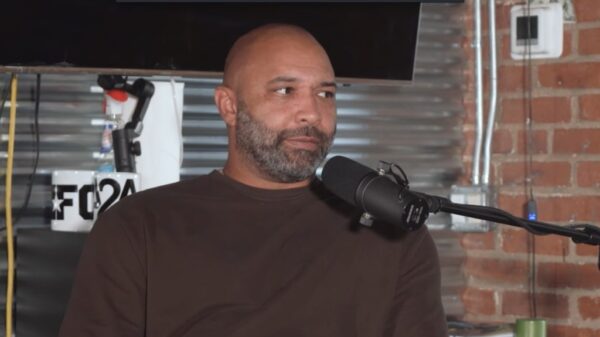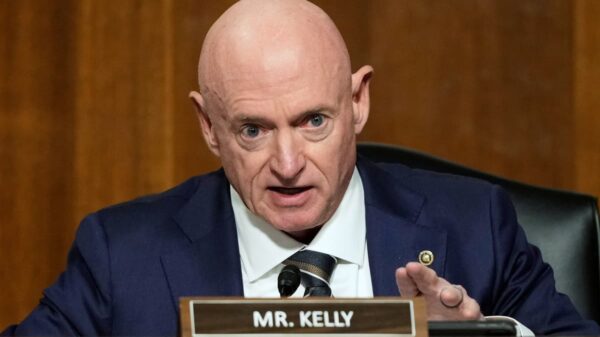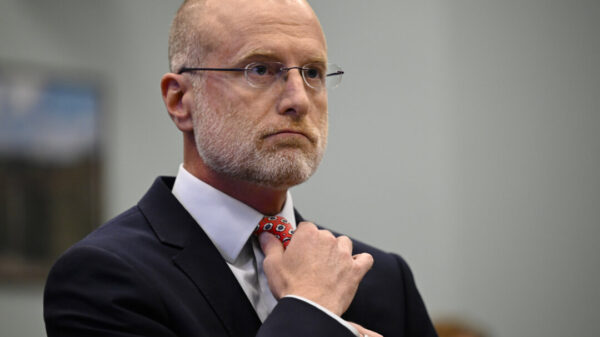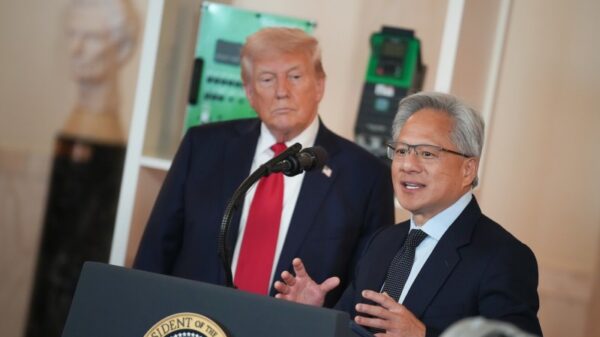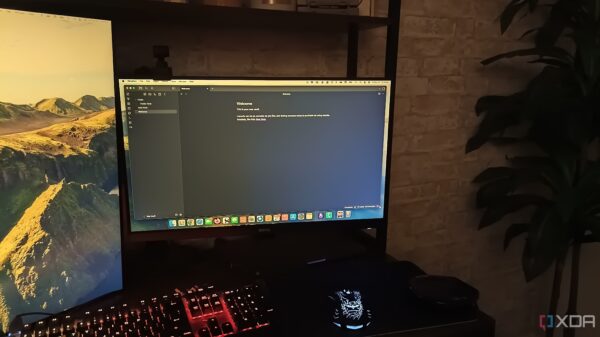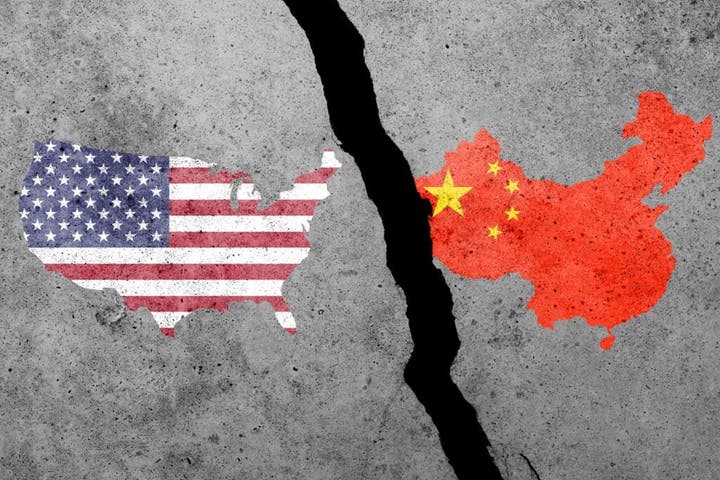During multilateral defense discussions in Kuala Lumpur on December 9, 2025, Pete Hegseth, the U.S. Secretary of Defense, condemned China’s increasing “destabilizing actions” in the South China Sea. His remarks came as part of a broader commitment to support Southeast Asian allies in countering perceived threats from Beijing. Hegseth addressed defense ministers from the Association of Southeast Asian Nations (ASEAN), alongside representatives from Australia, Japan, and the Philippines.
Hegseth advocated for the establishment of shared maritime monitoring capabilities to enhance regional security. He emphasized the importance of collaboration, stating, “You see firsthand the threats we all face from China’s aggression in the South China Sea and beyond.” His comments reflect growing concerns over China’s assertiveness in the region, particularly regarding its claims over vast portions of the sea, which overlap with the exclusive economic zones of several nations, including Brunei, Indonesia, and Vietnam.
U.S. Technology Support Initiative
The Pentagon chief highlighted a U.S. Technology Sharing Initiative aimed at equipping Southeast Asian nations with the tools necessary to respond effectively to aggression. He noted the United States’ capacity for innovation and expressed eagerness to share technological capabilities with allies. “No one can innovate and scale like the United States,” he said, emphasizing the need for collaborative defense systems.
China’s claims in the South China Sea, marked by a contentious line on its maps, have led to conflicts between Chinese coast guard vessels and those of the Philippines. Reports indicate that Chinese ships have interfered with energy operations in the region, further escalating tensions. In response, Beijing maintains that its coast guard operates professionally and denies engaging in aggressive behavior. Last year, Chinese officials urged the U.S. to avoid “dangerous and destabilizing actions” in the area.
U.S.-India Defense Framework and Nuclear Testing Remarks
Hegseth’s visit coincided with a significant announcement from former President Donald Trump, who indicated on Truth Social that he had requested the U.S. military to resume nuclear testing after a 33-year hiatus. When questioned by reporters about this development, Hegseth stated that the Pentagon would provide further details later, affirming, “We have very capable nuclear capabilities, and testing them is only prudent.”
In addition to addressing the South China Sea, Hegseth announced the signing of a 10-year U.S.-India Defense Framework with Indian Defense Minister Rajnath Singh. He described this framework as a cornerstone for regional stability and deterrence, reinforcing the U.S. commitment to peace while stressing the necessity of countering China’s influence in the region.
As tensions continue to rise over territorial disputes and military posturing in the South China Sea, the U.S. seeks to bolster its alliances in Southeast Asia. Hegseth reiterated the importance of collective security, stating that the U.S. aims for peace and not conflict, while remaining vigilant against any attempts by China to assert dominance over its neighbors.



